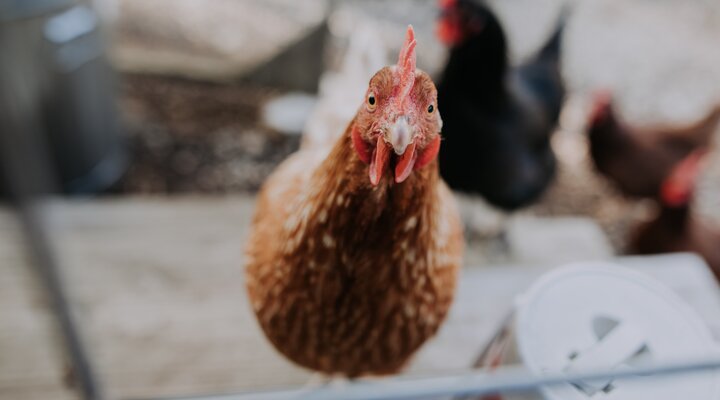Immunogenicity study of matrix 2 ectodomain proteins displayed on nodavirus-like particles as a universal avian influenza virus vaccine for chickens
Project summary
Highly pathogenic avian influenza (HPAI) H5N1 virus is highly contagious among birds and constantly causes serious outbreaks in parts of Asia and the Middle East. Failure to eradicate its spread and occurrence can lead to severe economic losses and potential health risks in humans. All the commercially available vaccines against H5N1 (inactivated H5N2 vaccine, reverse genetics vaccine, recombinant fowlpox virus vaccine and DNA vaccine), which express the antigenic glycoprotein of avian influenza, haemagglutinin, are unable to completely stop the virus from circulating. The inactivated vaccines against avian influenza virus (AIV) are commonly developed based on circulating low pathogenic avian influenza (LPAI) viruses, hence may not be efficacious against other types of HPAI or LPAI strains. These vaccines are strain-specific and require reconstitution to accommodate any new, mutated circulating viral strains. Development of a universal AIV vaccine targeting all AIV strains is urgently in demand. Our research team has shown a promising protective efficacy of nodavirus-like particles displaying three copies of M2e fragment against human influenza A virus in mice model. We hypothesise that expression of the matrix 2 ectodomain (M2e) proteins from avian influenza viruses of avian origin may confer a universal protection against avian influenza viruses in chickens.
Project outcomes
Highly pathogenic avian influenza (HPAI) virus is highly contagious among birds. Failure to eradicate the viral transmission can lead to severe economic losses and potential health risk among human. For over 40 years, vaccines against HPAI viruses for poultry have been developed based on inactivated whole, low pathogenic (LPAI) viruses. These vaccines are strain-specific and require reconstitution to accommodate any new, mutated circulating viral strains. Therefore, our research team proposed a project to develop a potential universal avian influenza virus (AIV) vaccine by using a Macrobrachium rosenbergii nodavirus-like particles displaying three copies of the matrix 2 ectodomain (MrNv-M2ex3) fragment from different AIV strains. We have successfully cloned and constructed the MrNv-M2ex3 virus-like particles (VLPs) whereby the positive transformants were verified through polymerase chain reaction (PCR), restriction enzyme digestions and sequencing. Upon SDS-PAGE and western blotting, a distinct protein band of the expected size was observed. Solubility tests indicated the optimum temperature for the protein expression. Upon large scale propagation of E. coli carrying the recombinant plasmids, an immobilised metal affinity chromatography (IMAC) was performed to purify the MrNv-M2ex3 particles. The size and morphology of the particles were verified using dynamic light scattering analysis and transmission electron microscopy. Subsequently, the antigenicity of the VLPs was evaluated prior to immunization into SPF chickens to test the vaccine’s immunogenicity and protective efficacy. Based on the data, we concluded that the MrNV-M2ex3 VLPs were antigenic and able to induce humoral response against AIV upon vaccination into chickens. The level of IgY antibodies and the viral shedding from the MrNV-M2ex3 vaccinated group were also comparable to the traditional inactivated vaccine after challenge. Therefore, we suggest that the MrNV-M2ex3 VLPs would be able to achieve its main goal as a potential universal vaccine against AIV.

